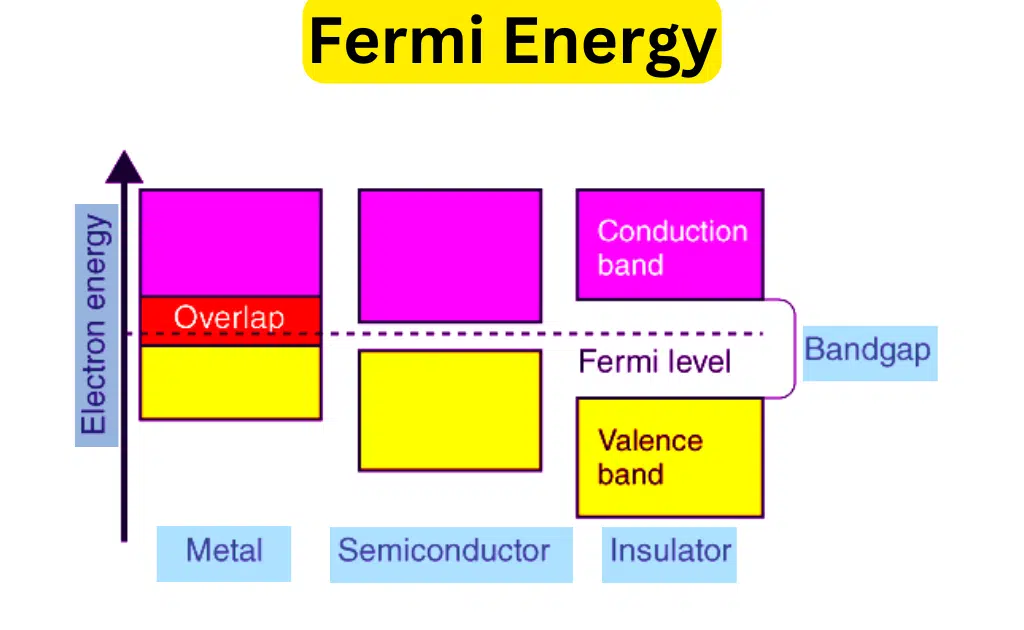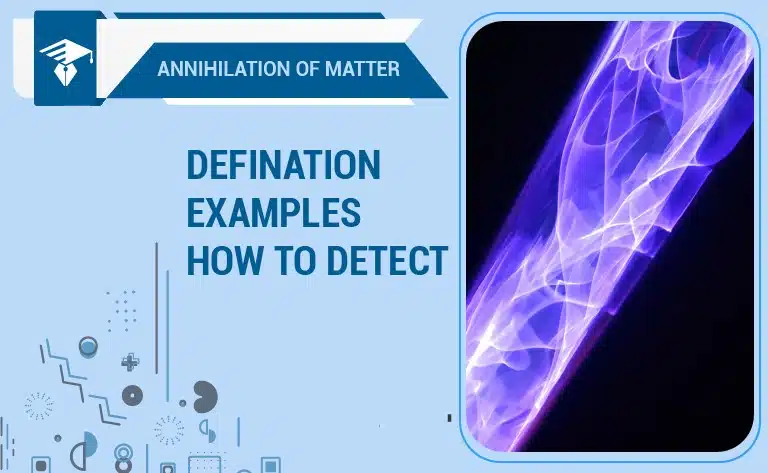What is Photon?-Definition, Properties, And Applications
Photon is an elementary particle that is a quantum of the electromagnetic field including light and radio waves and the force carrier for the electromagnetic force.
What is Photon?
The modern photon concept originated during the first two decades of the 20th century with the work of Albert Einstein. Like all elementary particles, photons are best explained by quantum mechanics and exhibit wave-particle duality, their behavior featuring properties of both waves and particles. The energy stored within a material object should be thought of as consisting of an equal number of parts, according to a proposal made by Planck. The idea of light is made of units of energy was introduced by Einstein. Lewis popularized the term photon for these units. Einstein’s approach was endorsed by many other experiments.
Properties of Photons
A photon is massless, has no electric charge, and is a stable particle. The gauge of electromagnetism is the photon, it has three possible polarization states, and therefore all other quantum numbers of the photon.
When a charge is accelerated, it emits a radiation called synchrotron radiation. During a transition to a lower energy level, different types of energy will be released, ranging from radio waves to gamma rays. When a particle and its corresponding antiparticle are destroyed, particles can also be emitted.
Production of Photon
There are multiple ways to produce a photon, but they all use the exact mechanism inside the atom. This mechanism is concerned with the electrons around the nucleus of the atom. If we energize an atom, we can move the electron’s electrons to higher altitudes.
A photon is produced when an electron in a higher-than-normal position falls back to its regular position. During the electron’s fall from high to normal energy, it emits a photon with particular characteristics. The photon has a Frequency that corresponds to the distance from the electron to the photon.
Applications of Photon
There are a lot of applications in technology for photons. These examples are used to show the applications of photons per se, rather than the general optical devices. Under the classical theory of light, that could operate. The laser is an extremely important application and is discussed under stimulated emission.
There are a number of methods that can be used to detect individual photons. The photomultiplier tube uses a photoelectric effect in which a photon of sufficient energy strikes a metal plate and knocks free an electron. The ability of photons to ionize gas molecules contained in the device causes a change in the conductivity of the gas.







Leave a Reply